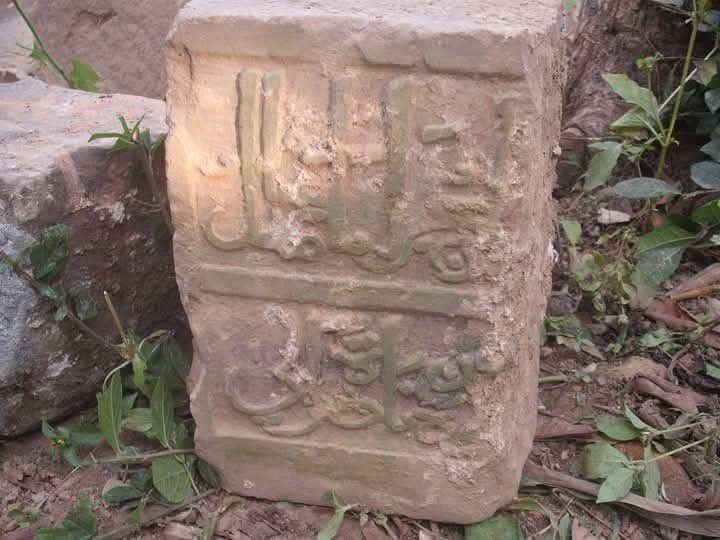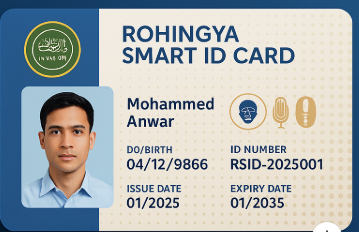Rohingya History started from the 8th to the 9th Century, not yesterday. You can lie, but you can’t hide!.
1. Ancient Presence: The Rohingya Muslims trace their roots in the Arakan (now Rakhine State, Myanmar) back over a thousand years. Historical evidence—including Arabic inscriptions, coins, and traveler accounts—suggests Islamic influence in Arakan as early as the 9th to 12th centuries. The Arab traders and missionaries traveled along the Bay of Bengal and established settlements in coastal Arakan.
2. Mrauk U Kingdom (1430–1785): Mrauk U (also spelled Mrohaung) was a flourishing Arakanese kingdom where Muslim courtiers, scholars, and even kings played a significant role. The kingdom maintained relations with the Mughal Empire in India, and Persian and Arabic inscriptions in Mrauk U are a testament to Muslim influence.
3. Cultural Evidence: This stone and other archaeological findings strongly counter the narrative that denies the historical presence of Rohingya in Myanmar. The script on this stone and other such artifacts highlights the deep-rooted Islamic and Rohingya cultural heritage in the region.
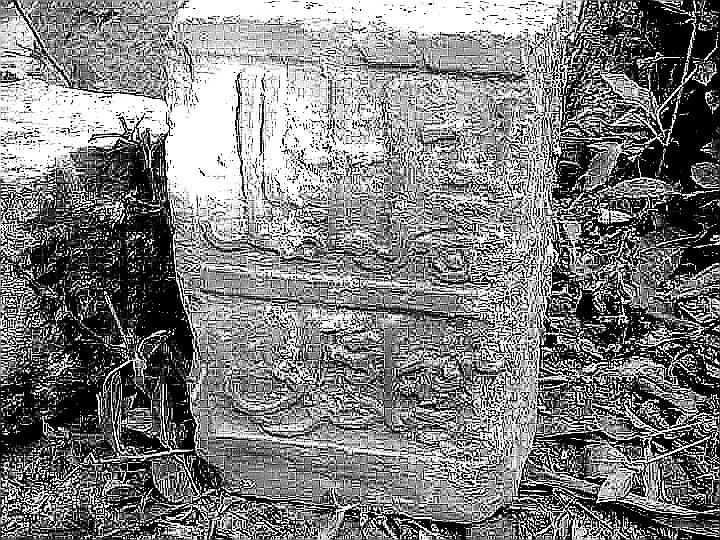
Suggested Caption for Historical Awareness:
“This ancient stone with Arabic inscription was discovered in Mrohaung (Mrauk U), Arakan State — a powerful reminder of the Rohingya people’s deep historical roots in the region. While some deny their existence, evidence such as this shows the Rohingya have lived in Arakan since at least the 9th century, as traders, scholars, and citizens of a rich cultural heritage.”
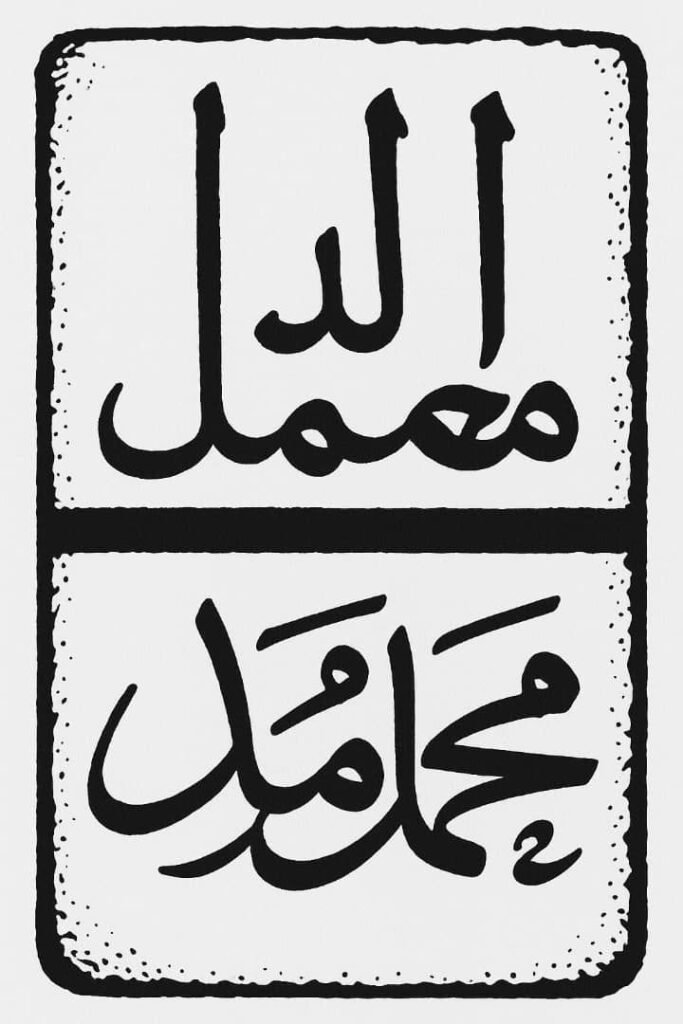
Suggested Caption for Historical Awareness: Enhance by AI.
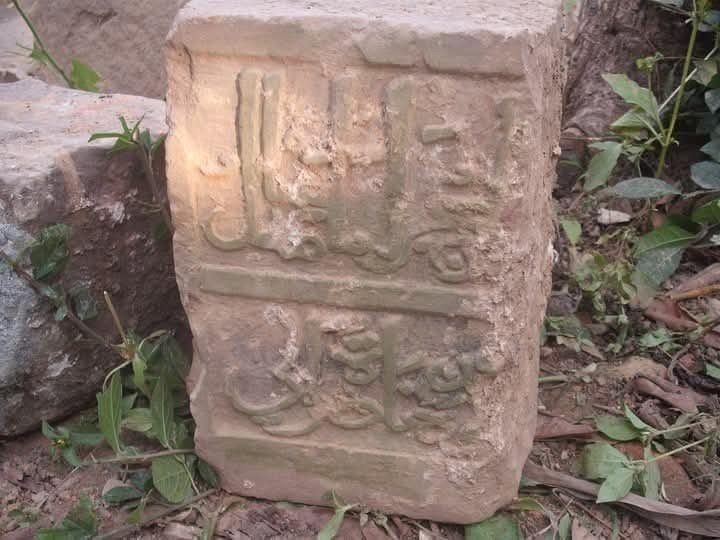
The script is indeed Arabic (or derived from Arabic script, possibly Persian or Urdu), and it appears to be a historical inscription, possibly part of a gravestone or an architectural block.
The top line of the script seems to contain the Islamic phrase “الله” (Allah) or “محمد” (Muhammad), which are common in such inscriptions.
The lower line is more worn out and difficult to decipher clearly, but it might contain names, dates (in Hijri), or religious phrases like “رحمة الله عليه” (May God’s mercy be upon him).
Due to erosion, the exact transcription is not fully clear, but it is most likely part of an old Islamic tombstone or monumental stone with religious or commemorative writing.
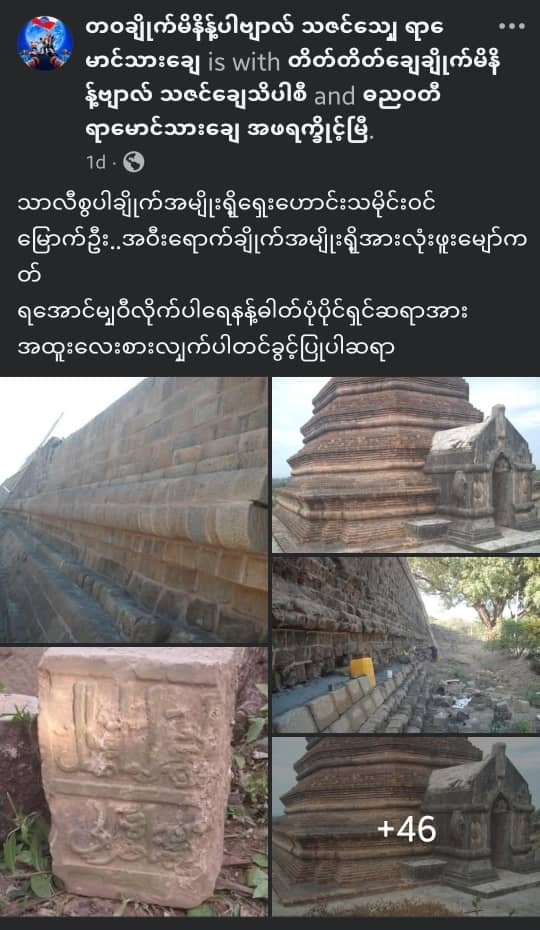
Originally uploaded by a Rakhine(mogh) via the Facebook page as mentioned above.
Original Date:19/04/2025
